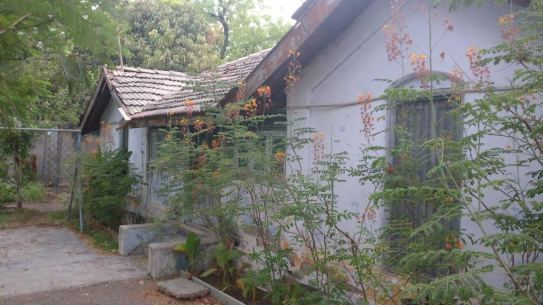The first is the hero of Randamoozham, or The Second Turn, the masterly Malayalam novel by M.T. Vasudevan Nair, based on the Mahabharata. It is told from the perspective of Bhima who never got his due, though he took the brunt of every battle, was the bravest, kept every promise, and made his share of sacrifices. The novel makes one question stereotypes and assumptions. For instance, after reading the book, you will never quite respect Yudhisthra, who comes across as self-righteous and pompous, or admire Arjun, whom we now see as egoistical and pretty focussed on himself.

It was my friend Ann, knowing of my interest in such take-offs on the epics, who told me about Randamoozham, which she said was the best book she had ever read. After a huge build-up, when I asked her to get me an English translation on her next visit to Kerala, she said she thought there wasn’t one! Anyway she said, she would check –she mentioned that there was a bookseller who sold books on the train, who was very knowledgeable, and he would be the best person to ask. And faithfully, she asked him on her next train trip from Bangalore to Kerala. And oh boy! Did she get an earful! The bookseller took a break from business and lectured her for five whole minutes about the younger generation who did not care to know enough of their mother tongue to read in it; how did they expect to get the real essence of a book written in Malayalam when they read it in English; how could she insult the writing of a master like Vasudevan Nair by even dreaming of reading his masterpiece in English. etc. etc.
Subsequently, several English translations of the book have come out. But the one I love is BHIMSEN by Prem Panicker, shared with me by my friend Unni. It has none of the hiccups and awkwardness that translations from Indian languages to English often suffer. It is surely a work of love. I am not even sure it is published formally—what I recall is that it was published chapter by chapter on Mr. Panicker’s blog. Prem Panicker, is incidentally a cricket journalist.
(You can access the book on https://prempanicker.wordpress.com/2009/10/05/bhim-complete-and-unabridged/)
The other BHIM I love is the app for money transfer. I am in general very wary of financial transactions through electronic media. And being technologically-challenged, have great difficulty operating most of them. But BHIM is one thing which works like a dream. I routinely pay salaries using BHIM. I use it in shops. Whenever my friends buy anything on my behalf, two clicks and the money is in their account.
So folks, two messages:
Download Bhim the novel, and enjoy the best read in a long time.
Download Bhim the app, and enjoy superlative convenience.
–Meena
P.S. ‘Duryodhana’ by V. Raghunathan, is the re-telling of the Mahabharata from, you guessed it, Duryodhana’s point of view.




